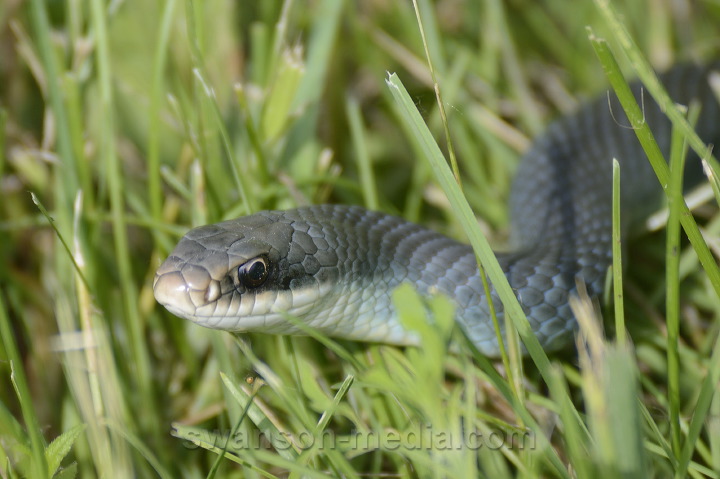
You can find this reptile primarily in Southeast Asia, especially in Malaysia, Indonesia, and Thailand.

So, the snake’s bite will obtain the same neurotoxic effect but without being neurotoxic itself.

The paralysis effect is obtained by the venom blocking the victim’s sodium channels, which affects the functioning of the central nervous system. Despite this, the venom is not neurotoxic but cytotoxic. The snake’s bite can inflict almost instant paralysis, at least in smaller prey. This snake is venomous, as it belongs to the Elapidae family, and the venom itself is rather unique. There’s no denying that the Malayan coral snake is a beautiful specimen, but it is dangerous. They also appear as small honeycombs as they have the exact same shape. The snake’s dorsal area is dark blue, but the scales have light blue margins, making the separations between them stand out. The snake’s scales are also very noticeable due to its distinct coloring. The rest of the body is generally blue, but the color intensity can vary between different individuals. The snake has a very slim and athletic body with a red head and tail tip. This reptile can reach 6.5 feet in the wild, although most individuals will stay smaller than that. The blue Malayan coral snake looks as exotic as it sounds. Blue Malayan Coral Snake (Calliophis Sirtalis Similis)

However, they don’t shy away from biting if cornered or provoked, and they’re likely to inflict serious wounds.īlue racers aren’t venomous, but their bites can cause infections if not sterilized in time. In the wild, blue racers aren’t typically aggressive, as they rely on their speed to leave the area in case of being threatened. They then use their bodies to constrict the animal until it’s dead and ready to eat. Instead, they rely on their swiftness to hunt and catch their prey. Unlike most snake species, blue racers aren’t the sit-and-wait type. The snake’s primary meals include mammals, birds, lizards, and anything else that can’t escape the reptile’s hunting tactics. The snakes’ agility works great with their preferred habitats, which include prairies, grasslands, and open fields with little vegetation. These snakes are more common in the central US, especially Arkansas, Mississippi, and Minnesota. These reptiles are known to be agile and very speedy, capable of darting through their habitat at impressive velocities.
Coluber constrictor foxii poisonous plus#
Some individuals also come with black eye patches for a plus of personality and a piratesque look.īlue racers are generally medium-sized, growing up to 60 inches max. Most are generally a mix of dark blue and grey, while others showcase more intense silvery nuances.Īnd then you have the pure neon blue racers that can really make an impact. The blue racer is an intriguing one thanks to its distinct coloring and color variation. These are the most popular blue snakes that you actually have a chance of encountering in the wild. If you haven’t encountered any in the wild, welcome because I am going to discuss 11 of them. Blue snakes aren’t quite widespread, but they aren’t that rare, either.

The distinct coloring allows snakes to blend in their ecosystem more effectively, which helps with hunting and avoiding predation.Īnd then you have blue snakes. The reptiles’ coloring is often the result of million-year-old evolutionary adaptations to their native habitat. Snakes come in an impressive range of colors, and many of them exhibit multiple colors and markings.


 0 kommentar(er)
0 kommentar(er)
